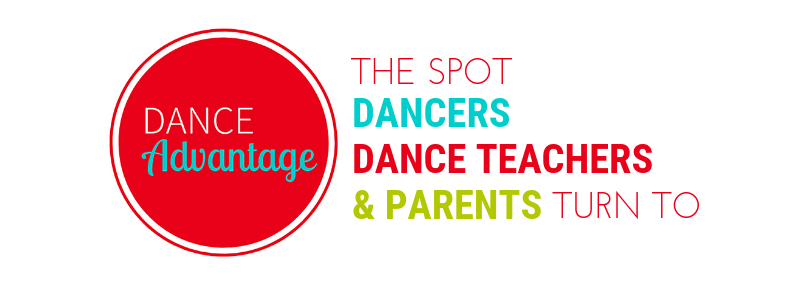
Even when you have the best of relationships with your students, there are days or weeks that some middle-schoolers will grunt, shrug, or ignore every attempt you make to welcome them at the door, engage them in class, or crack your latest joke.
They are middle-schoolers; it is kind of their job.
I have begun turning the tables on how we engage in our classwork. Instead of “teaching” my lesson during which I lead them through movement, impart valuable information, and allow them time to experiment with it — I have started providing a framework for which the exploration leads the lesson and everyone in the room is responsible for exploring, including me.
I have found that the their work is improved, authentic, and owned. And they see me in a different light, too. I am still guiding their experience but I am also an active part of the process, similar to how Maria Hanley Blakemore models exploration with her students instead of for them.
Throughout the process, we have been able to avoid many of the pitfalls of middle school “shut downs”, those that are emotional and those that are academic. There has been something for everyone as we have had a myriad of experiences so different leaders have surfaced for different activities.
A few things have helped:
- Visuals:
A giant yellow sheet of paper covers much of one wall of mirrors, documenting our thoughts and our process. - Dancers’ Choice:
The kids were surprised when I let them create their groups. Again and again, I was asked how many had to be in a group. I took a page from their books and shrugged, offering “all I ask is that you choose to be productive so make your decisions accordingly.” For the most part, they have. - 2 Cents:
The students helped plan each step of our process including how much time we spent on each part. - Music Upon Need, Not Demand:
We only used music when we felt we needed a boost in motivation and therefore it did not drive what we were creating. - Neutral in Style, Objective in Goals:
Without classifying movement by style, we were able to invent movement that suited our needs and fit our criteria for limitations. The process then felt like problem-solving instead of choreographing and it took the pressure off of students intimidated by “choreography” assignments. - Escape Routes:
As our experiences were enriched, our ideas and questions diversified. So the “dead air” or “dead end” that can occur when students shut down has been minimized… there is always something new to talk about.
There have been a few other changes that have made a big difference.
As I work through my classes that push me toward the renewal of my teaching certificate, I have been making constant adjustments to the climate within my room, as discussed in my article Acknowledging the Person Before the Dancer, and refining my focus in the objectives and outcomes I create for my students. (Check out this article on four teaching styles by Stacey Pepper Schwartz)
I have also been paying closer attention to how I speak to kids. Always an advocate for children, I have been sensitive to how I use my tone and how I make requests and it has been critical in my success as a teacher. Yet middle-schoolers can be a whole separate ball game from their younger and older counterparts.
Jim Fay and David Funk’s Teaching With Love and Logic has been a particularly powerful resource for me- so much so that I have purchased the Parenting With Love and Logic, too!
How do you deal with the middle school “shut down”?
Heather Vaughan-Southard MFA, is a choreographer, dance educator, and performer based in Michigan. She currently directs the dance program at the Everett High School Visual and Performing Arts Magnet in Lansing. With the philosophy of teaching dance as a liberal art, Ms. Vaughan-Southard collaborates with numerous arts and education organizations throughout the state. She has danced professionally in Chicago, Detroit, Los Angeles, and New York and has performed works by Mia Michaels, Lar Lubovitch, Donald McKayle, Billy Siegenfeld, Alexandra Beller, Debra Levasseur-Lottman, and Bob Fosse. As a choreographer, her work has been credited by the Los Angeles Times for “creating heat.” She has recently choreographed for the dance programs at Michigan State University, Grand Valley State University, Lansing Community College and is the former dance professor at Albion College. She is a regular guest artist and blogger for Dance in the Annex, an innovative dance community in Grand Rapids. Heather received her MFA in Dance from the University of Michigan, BFA in Dance from Western Michigan University and K-12 certification in Dance from Wayne State University. Read Heather’s posts.

